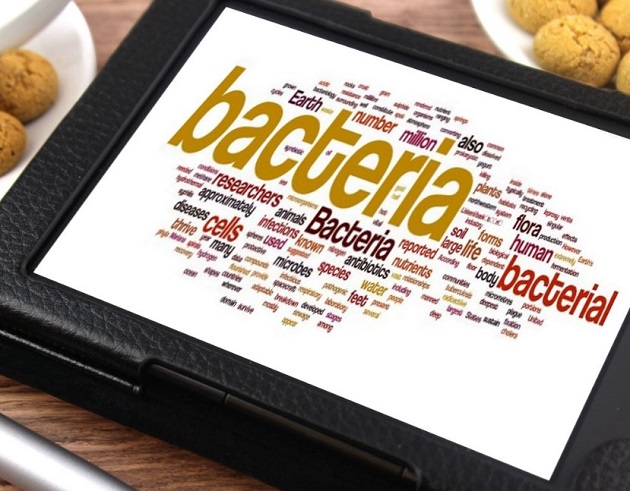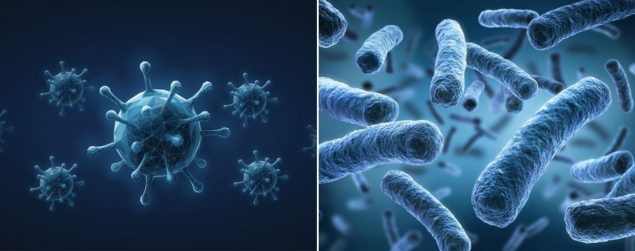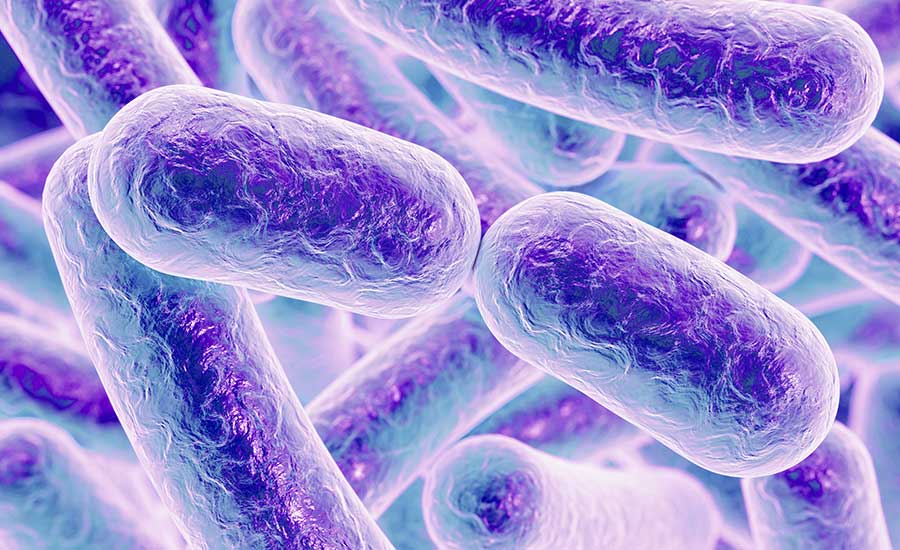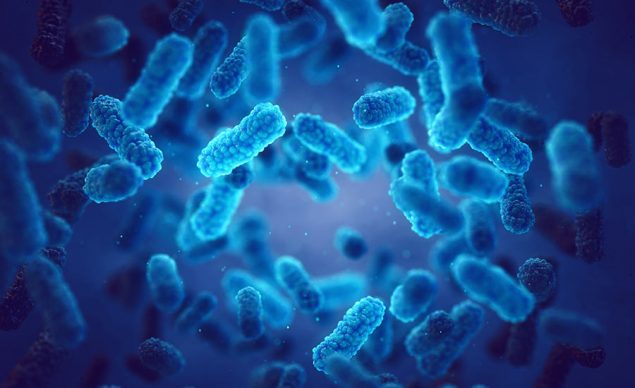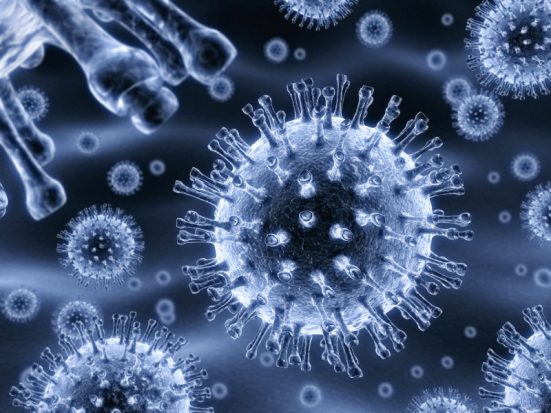Related Resources
Throughout mankind’s history, the question of whether or not we as human beings are the only sentient lifeforms that exist on Earth has plagued the minds of both scientists and academics. Evidence of this can be found as far back as the 17th century, when French philosopher Rene Descartes said of animal life:
Animals are like robots: they cannot reason or feel pain.
Nevertheless, in the last few decades, advances in science have given us an even broader—and more microscopic—view of life below homo sapiens. And it’s only served to further the question: does consciousness, by definition, exist in other forms of life besides humans?
Though answering this question definitively wouldn’t necessarily be a job for amateur scientists and philosophers like ourselves, one thing we do know is that bacteria are incredibly versatile forms of life that do exhibit some of the top indicators for sentience. So while the theory is not something that can be proven in this article, we can definitely make a case for looking at the idea a little bit further.
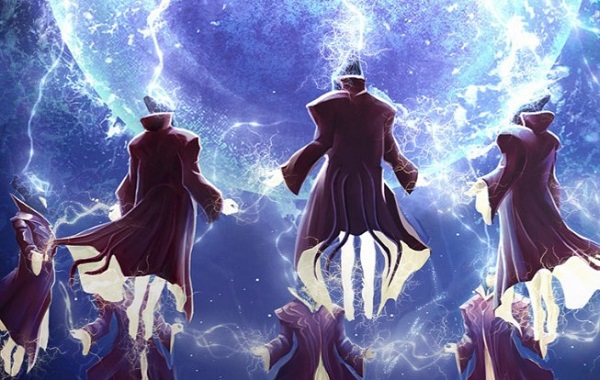
What is Consciousness?
To better understand what consciousness is, let’s first take a look at how the word is defined on dictionary.com, which explains consciousness as:
the state of being conscious; awareness of one’s own existence, sensations, thoughts, surroundings, etc.
When this definition is applied to living things, a new position begins to emerge, especially when you take into account this technical paper from Dr. Bhakti Niskama Shanta, who wrote an article on the subject issued by Communicative & Integrative Biology, saying:
Following a reductionist approach, there is a general consensus among biologists that the body of an animal is being held up by muscles, bones, tendons, and so on. However, despite the presence of these anatomical parts, without consciousness, the body will collapse on the ground.
Hence, consciousness is a force within the body and only when it is conscious it will stand up and perform its usual activities. The moment consciousness leaves, the body collapses.
In relation to bacteria, who don’t have the muscles, bones and tendons being described by Dr. Shanta, we then have to look even further at what consciousness really is—and where it stems from.
Speaking to Gabriel Shaoolian, the creator of the Biowars digital comic and former NYU student in endocrinology, the separation between what is conscious or not becomes much more apparent.
Beyond having a central nervous system, which many scientists recognize as a sensory necessity that allows living things to experience touch, pain and the emotions associated with perception, many are saying that without real evidence along these lines being discovered, there’s also no evidence of consciousness.
Touching on this subject, Mr. Shaoolian says of bacterial consciousness:
Cells have DNA, which controls them and everything they do. You could say [DNA] serves as the brain and nervous system…where the DNA controls the bacteria’s behavior.
But are bacteria conscious? Are they really aware of what’s going on? In some ways they are responsive…but can they think? Do they get sad? Do they get happy? We haven’t found any proof of that yet. It doesn’t mean they don’t—we just haven’t found proof of it.
While thought and emotion may not be proven, there are still many points in the defining characteristics of life that have been demonstrated by scientists. So let’s explore what these are and how bacteria fit into the equation.
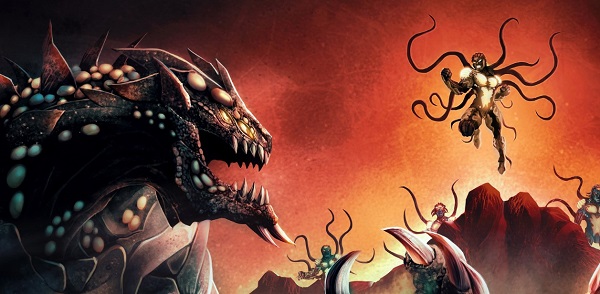
Bacteria and Consciousness
Setting the nervous system aside for a moment, since bacteria lack the structure altogether, several other biological characteristics scientists look for in living things (including bacteria) are:
- The ability to organize in groups
- Reproduction
- Metabolism (eating, digesting and excreting food)
- Heredity
- Response to stimuli
- Growth and development
- The ability to evolve or adapt
In bacteria and viruses, and other microbes specifically, these characteristics are demonstrated in a number of ways. First, whenever bacteria begin to form biofilms, which is where microorganisms stick together in order to cling to the surface of our body, it requires an organized, joint effort by every bacterium in the group.
This same type of organization can be found when colonies of bacteria are under nutritional stress, where they unite in such a way that maximizes their ability to make nutrients available to the entire group. Reproduction, too, is an important part of bacterial life, as it enables bacteria to split themselves into two identical daughter cells that contain the same DNA as the original.
What’s interesting about their reproductive cycle, however, is that bacteria can swap genes before reproduction ever takes place, even if these bacteria come from different colonies and have separate abilities, including genes that give them resistance to antibiotics. What this shows is that bacteria not only reproduce, grow and develop as individuals and as groups, but they also evolve themselves in order to make survival a whole lot easier.
Even bacterial geneticist, Dr. James A. Shapiro agrees that microbes show a high degree of intelligence, as he wrote in an academic paper from 2007:
Forty years’ experience as a bacterial geneticist has taught me that bacteria possess many cognitive, computational and evolutionary capabilities unimaginable in the first six decades of the twentieth century. Analysis of cellular processes such as metabolism, regulation of protein synthesis, and DNA repair established that bacteria continually monitor their external and internal environments and compute functional outputs based on information provided by their sensory apparatus.
This remarkable series of observations requires us to revise basic ideas about biological information processing and recognize that even the smallest cells are sentient beings.
Though science still has yet to plainly state that bacteria, or other microorganisms, are indeed conscious, the idea that it will happen over the next few decades seems entirely plausible. And if that day does come, it could ultimately trigger a new relationship with these microscopic beings, and potentially even new advances in the fields of both science and medicine.

